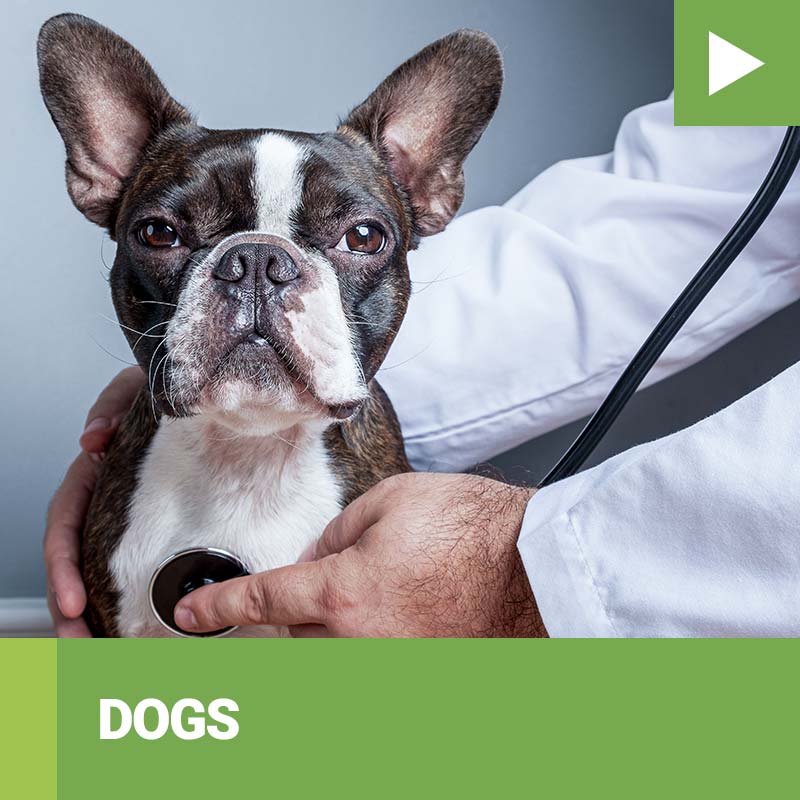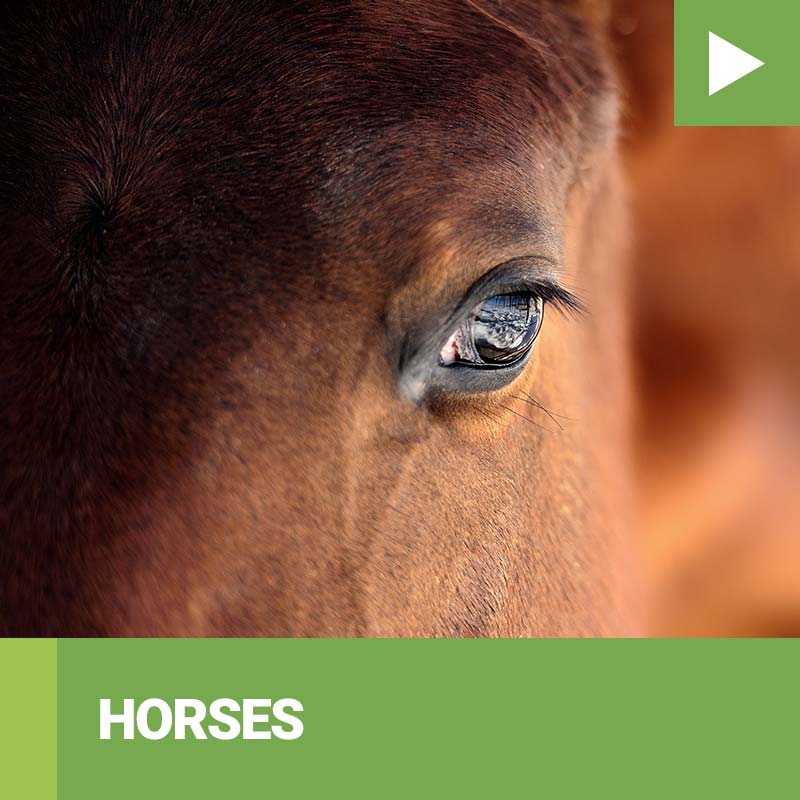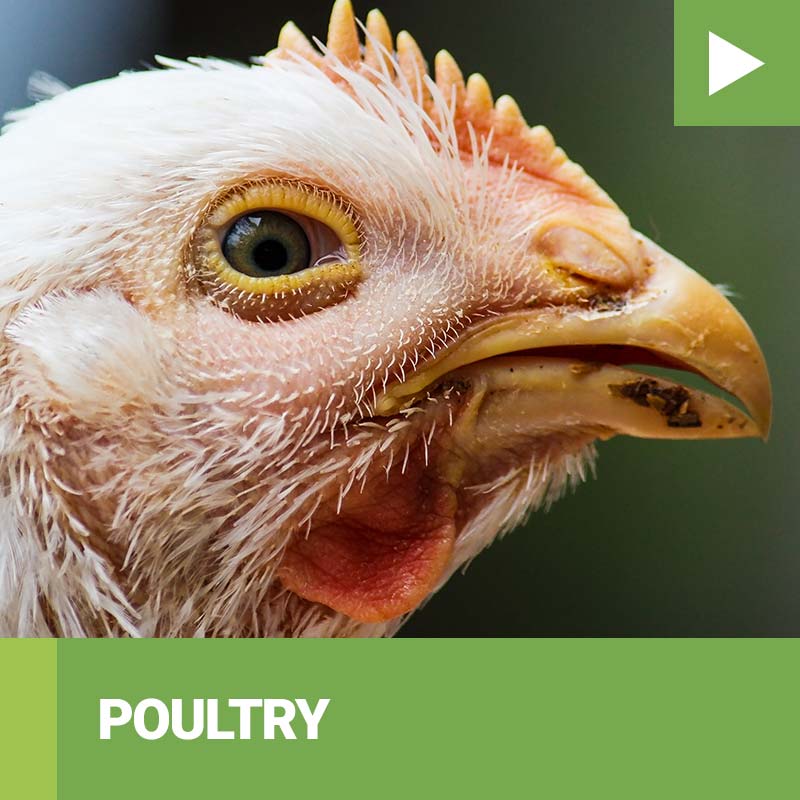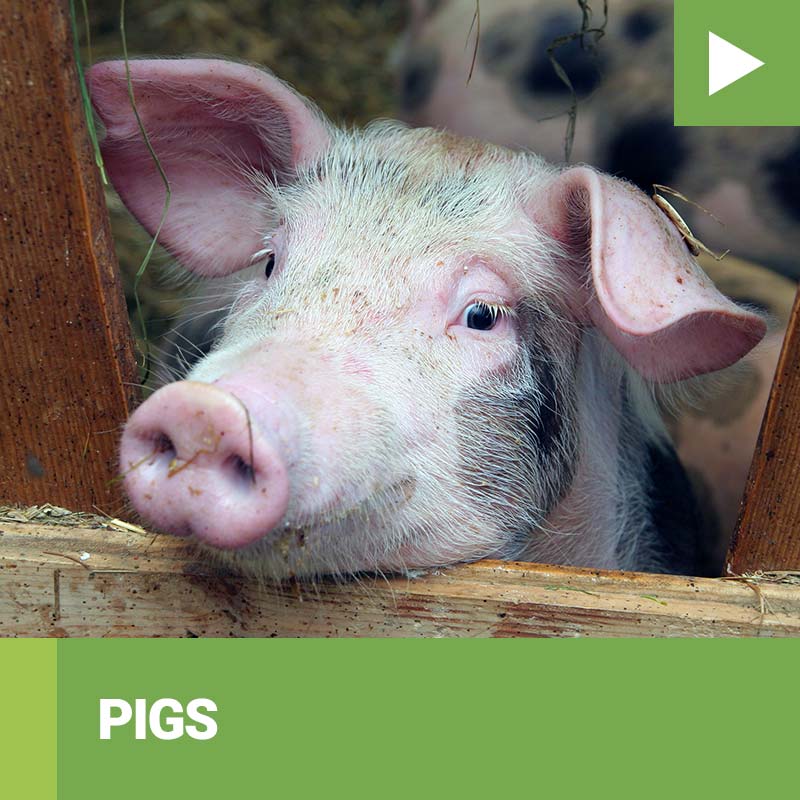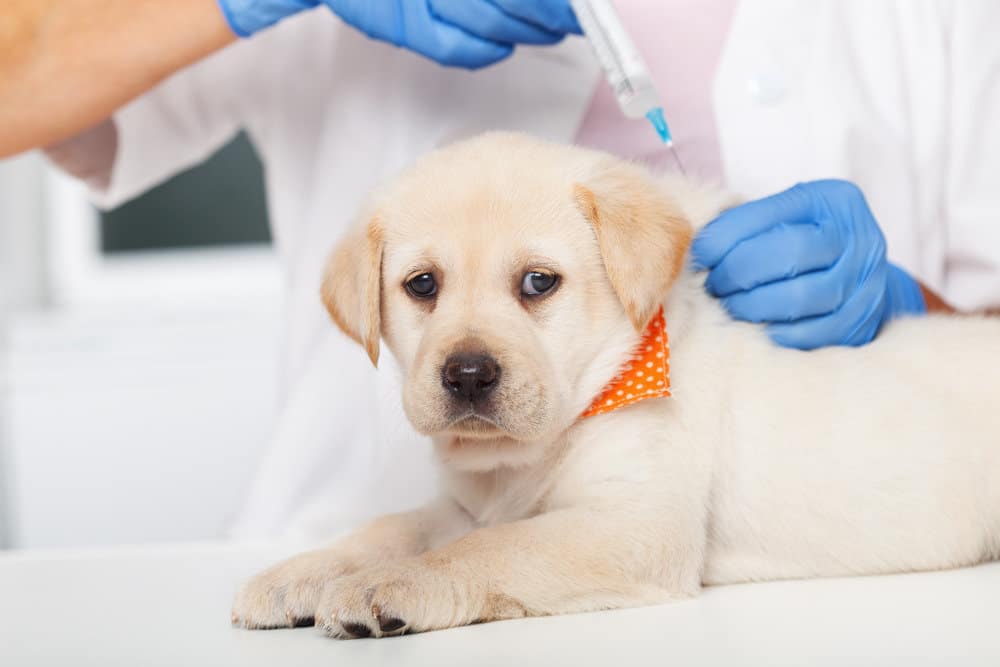Healthy Animals, Healthy Future
Healthy Animals = Improved Sustainability + Reduced Emissions + Stronger Food Supply
Keeping animals healthy is a cause that benefits everyone. When we improve animal health and welfare, we also improve sustainability, reduce emissions, strengthen our food supply, and can better realize the benefits of the human-animal bond.
To provide the medicines needed to keep animals healthy we need a regulatory process that’s flexible, efficient, and productive. It should include recognition of data that is submitted to other competent regulatory agencies around the world. The high cost and extended length of time needed to gain approvals and new products prevents development of many animal health therapies, which can be detrimental to animals, humans, and our planet.


